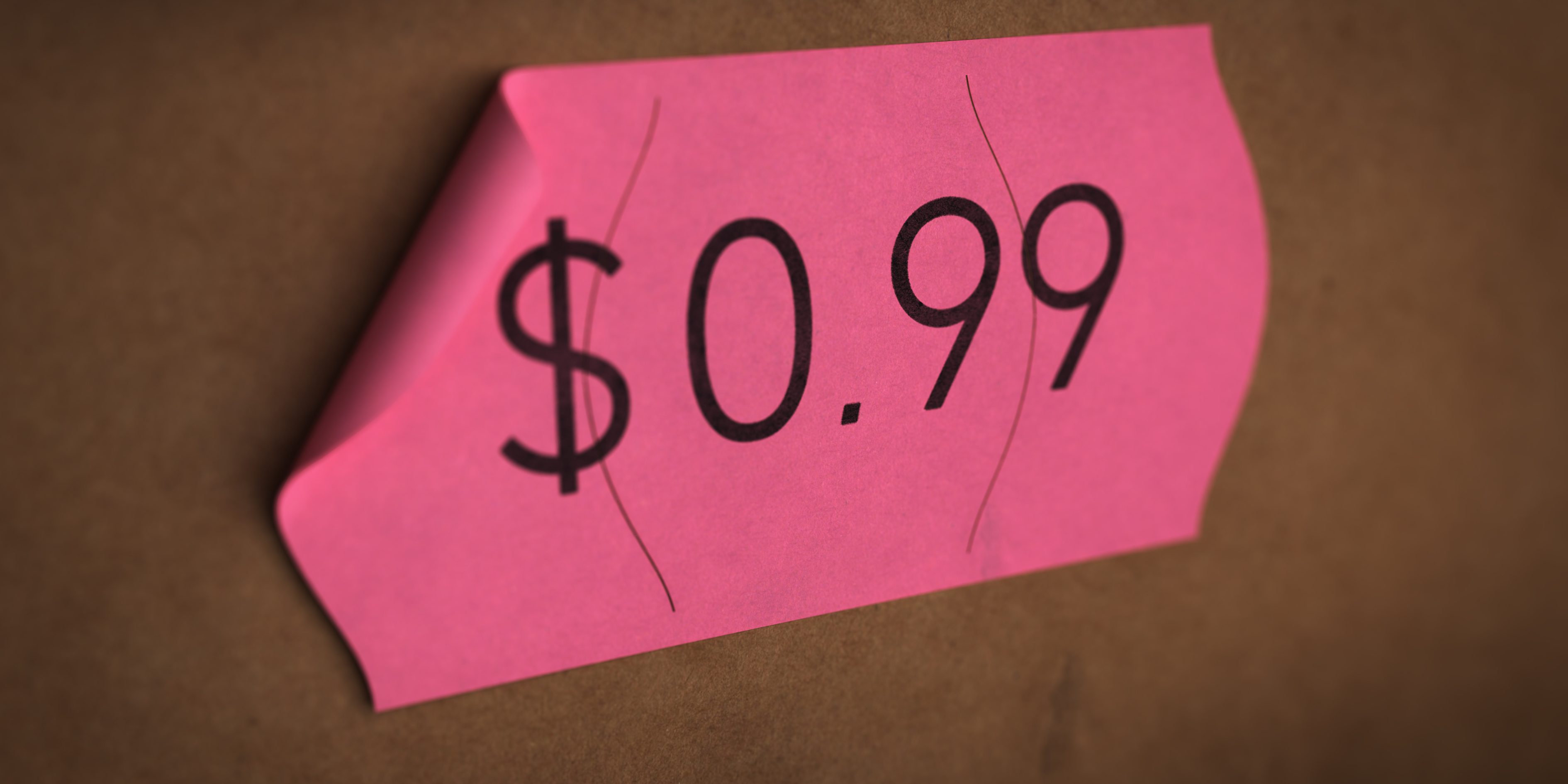Prices are front and centre in consumers’ minds these days. After a decade of price stability, inflation is on the rise, with the latest rate at 7.0 per cent. Where non-discretionary goods are concerned, the rate is over 7.2 per cent.
While prices are on everyone’s agenda, skilled negotiators need to negotiate on both sides of the profit equation. They need to resist and minimise price increases from suppliers while at the same time, gaining price increases from their customers. Negotiators need to understand the powerful psychological forces that influence pricing decisions.
Reassuringly Expensive (!)
Prices send out a strong signal to the buyer. High prices give an indication of quality and exclusivity. In some categories the higher the price, the greater the demand. This is particularly true of positional goods which confer status on the buyer. Waterfront real estate, perfume, designer watches, front row seats are examples of where the buyer will willingly pay eye-watering prices. At Scotwork, when we are asked about our fees we often reply, “We are reassuringly expensive!” Having structured the client’s expectation, they get a pleasant surprise when our actual fees are revealed.
99 cents...
If you are curious about the prevalence of prices like $7.99 or $1999.99 long after the demise of the one cent coin, then you need to understand that we always read numbers from left to right and the first number has a significant impact on our subsequent decision.
Confirmation bias...
Another powerful force at work is confirmation bias when we seek to validate a previous decision through the search for supporting information or subsequent decisions. A common example across many products is the sales staff asking whether you wish to have an extended warranty on the item you have just purchased. There is greater propensity to proceed with that add on in order to protect the original investment and validate the original purchase decision.
This is particularly true in car sales where the process of ‘add-on’ has been refined to the point that another sales professional is introduced after the sale is agreed and offers rustproofing, scotch guarding, window tinting and extended warranty to protect your recent purchase. You can easily spend an additional $5000 on these add-ons after haggling the original price down by $150.
Framing...
Restaurants often feature an expensive dish or outrageously expensive wine on their menu which has the effect of making the balance of the offerings seem reasonable
A skillful negotiator will frame any explanation of price with statements like, “This is a highly regulated low margin industry.” In one simple sentence they have structured potential purchasers’ expectations not to expect any reduction in the asking price.
Recent research on Ebay sales indicates that suspiciously round numbers $100 or $500 encourage potential buyers to request steep discounts while odd numbers $485 will elicit smaller demands for a reduction. This empirical research reinforces the traditional advice to ask for odd numbers, say $319, because they give the appearance that you have spent some time and effort working it out and therefore are less likely to reduce it.
A skilled negotiator is not only aware of the power of these biases but can use them to support proposals for price increases when required.
If you need further advice on how to structure a pricing strategy for your upcoming negotiations, check out our flagship Advancing Negotiation Skills Program here.
Happy negotiating!

